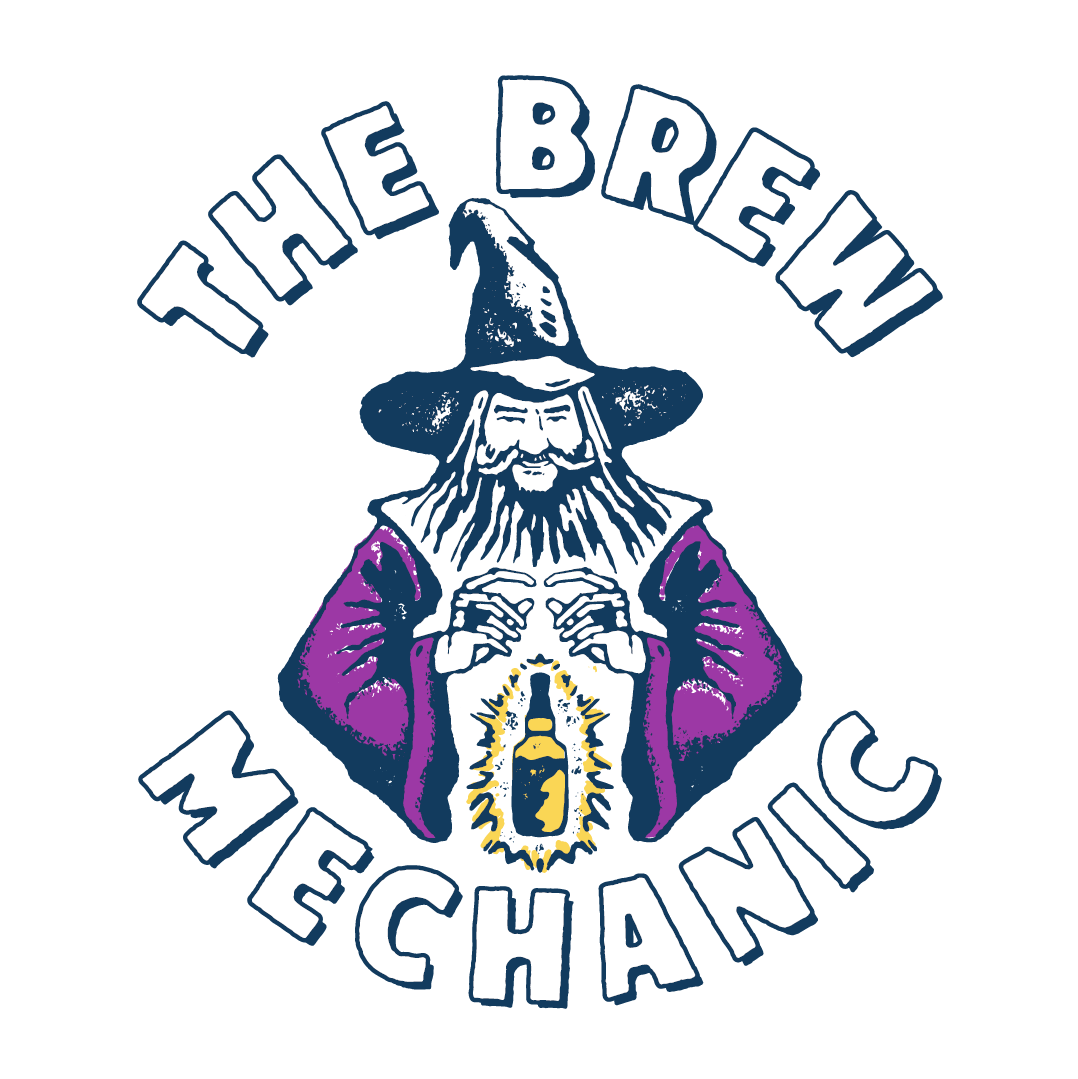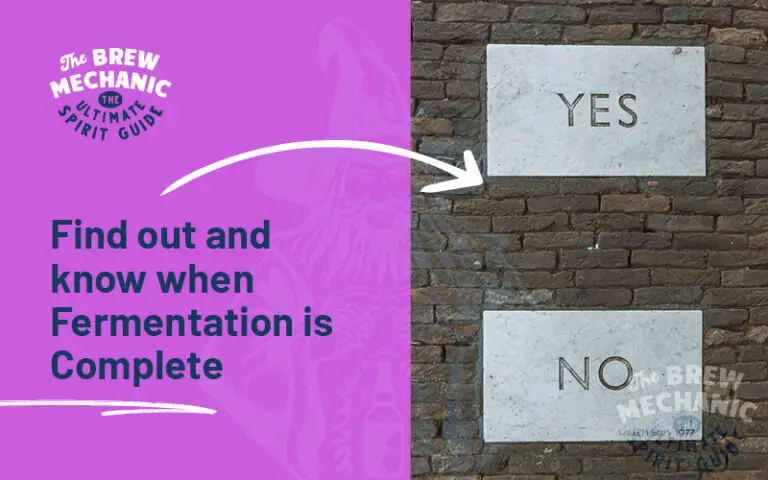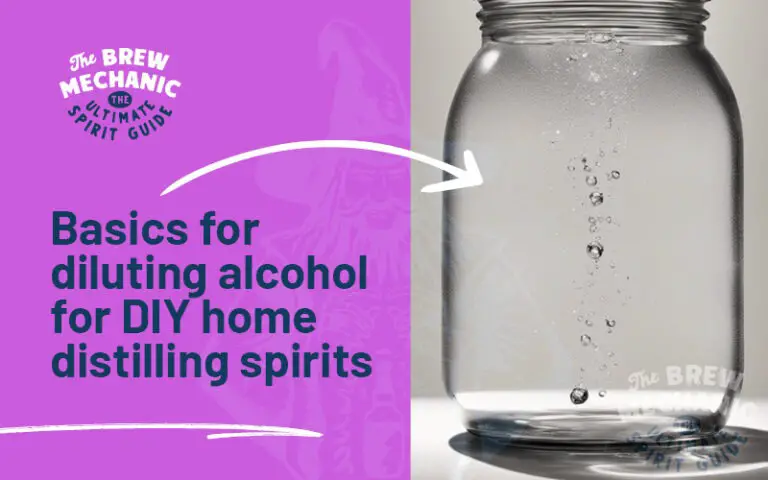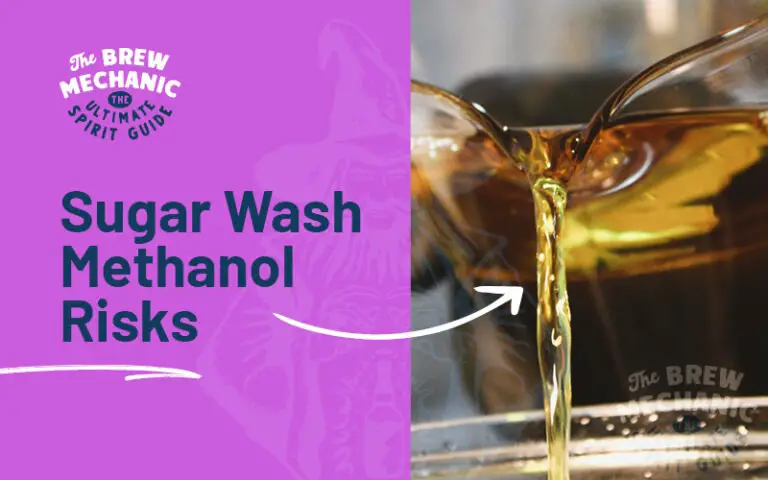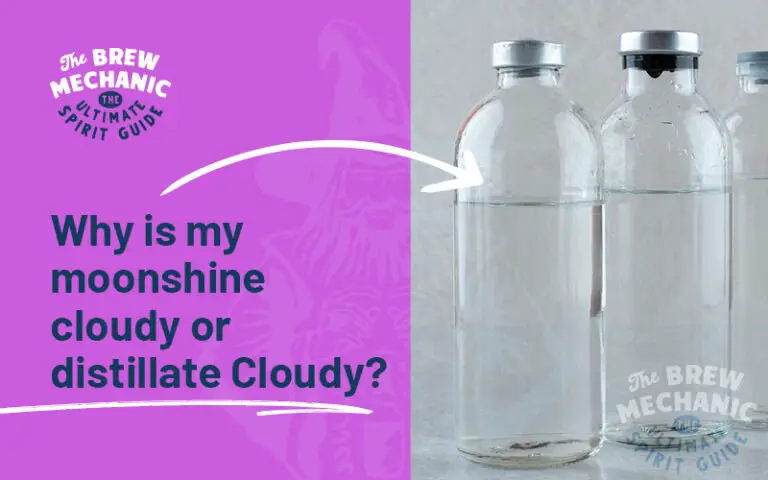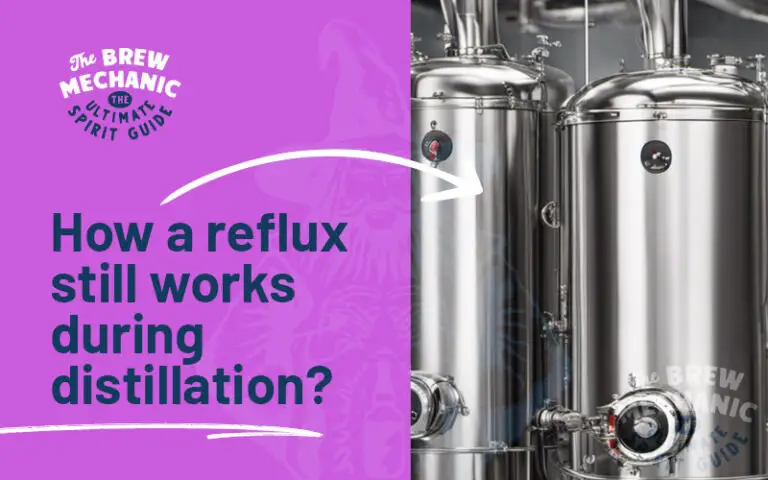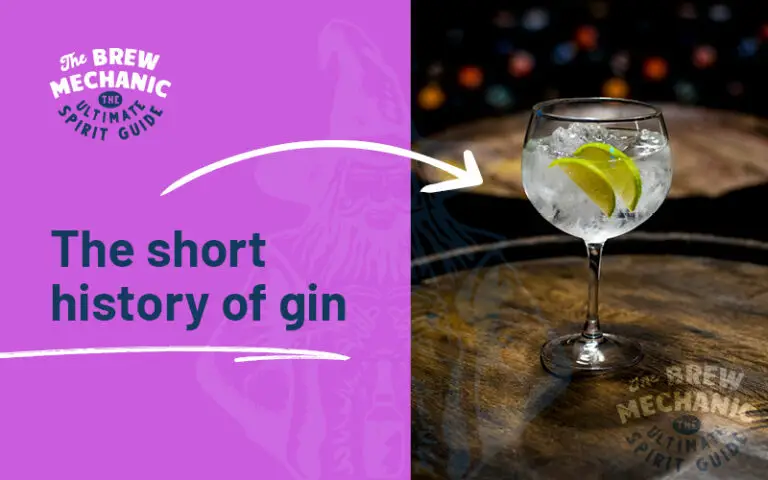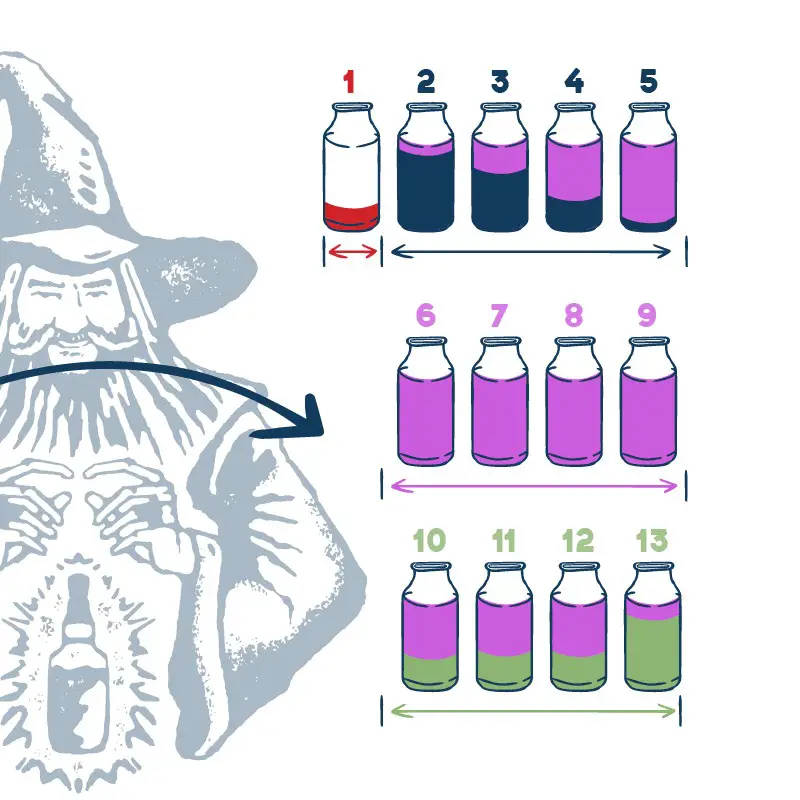Sugar Wash Distilling Temperature: Key Details SHOWN
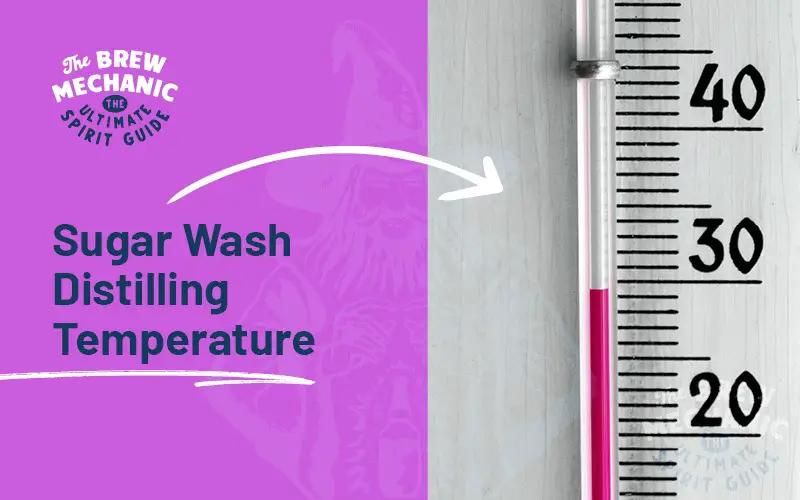
Determining the sugar wash distilling temperature is critical in how your alcohol (neutral spirit) becomes into an EPIC alcohol. We will need to understand the following temperatures, ingredients and the distillation process. We will cover the essentials for perfect temperature control for your sugar wash distilling – fermentation & distilling temperature control. Let’s get started!
Part 1: Fermentation Temperature Control
Part 2: Sugar wash distilling temperature Boiling Points
Part 1: Fermentation Temperature Control
Significance of Fermentation Temperature for Sugar Wash
Fermentation is the process where yeast converts sugars into alcohol and CO2. The temperature during this stage is crucial as it directly impacts the yeast’s health and activity. Too cold, and the yeast becomes sluggish, leading to a stalled fermentation with no bubbling. Too hot, and you risk killing the yeast or producing unwanted flavors.
Different Yeast Strains and Their Temperature Preferences
Each yeast strain has its optimal temperature range. The main yeast strains are distillers yeast, bakers yeast & Turbo Yeast. For example, some common distiller’s yeasts perform best between 20-30°C (68-86°F). The right yeast strain based on your ambient temperature conditions is essential for a successful fermentation.
What is the sugar wash distilling temperature for fermentation
The temperature guide is below:
| Baker’s Dried active yeast – alcohol content (10% to 13%) | 25 to 30°C (77 to 86°F) |
| Distiller’s yeast – alcohol content (10% to 13%) | 20 to 34°C (68 to 95°F) |
| Turbo Yeast variants – alcohol content (15% to 20%) | can start as high as 40°C (104°F), read the instructions as they are different |
Practical Methods to Maintain Optimal Fermentation Temperature
There are various ways to maintain the ideal temperature for your sugar wash. These can range from simple solutions like placing your fermenter in a temperature-controlled room and on a rubber mat (floor temperature can cause problems), to using specialized equipment like fermentation heaters.
Part 2: Sugar wash distilling temperature Boiling Points
Understanding Distillation Boiling Points for Various Components
During distillation, different compounds in the wash boil off at different temperatures. Understanding these boiling points is crucial for producing a clean, high-quality spirit.
Detailed Temperature Guide for cuts
Foreshots And Heads – Temperature range 56 > 77.5°C (132.8 > 171.5°F) = Discard this alcohol
Hearts – Temperature range 78.3 > 81.5°C (172.9 > 178.7°F) = Collect this alcohol boiling range
Tails – Temperature ranges from 82°C (179.6°F) = Can be discarded or added to the next batch
The temperature chart is below:
| Acetone – Foreshots | 56.6°C or 133.8°F |
| Methanol – Foreshots | 64°C or 147.2°F |
| Ethyl Acetate – Heads | 77.1°C or 170.8°F |
| Ethanol Range – Hearts | 78.3 > 81.5°C or 172.9 > 178.7°F |
| 2 Proponal – Tails | 82°C or 179.6°F |
| 1 Proponal – Tails | 97°C or 206.6°F |
| Fuesel oils – Tails | 94 > 95°C or 201.2 > 203°F |
Download our Distilling Cuts Chart here
Yes I want this epic PDF plus get tips and tricks! You will be joining our distilling mail list. 🙂
Role of Boiling Points in Determining Distillation Temperature
These boiling points guide the distiller in making cuts between the heads, hearts, and tails of the distillate. Properly managing these cuts based on sugar wash temperature readings is key to ensuring a quality product. As don’t want foreshots, heads or tails in our spirit.
Equipment Considerations for Effective Distillation
Using a good quality still with a reliable thermometer is essential. A reflux still can offer more precise control over the separation of different components compared to a pot still.
Sugar wash distilling temperature instructions
We would highly recommend looking at the sugar wash distilling temperature charts below so you can fully understand before starting the sugar wash ferment to distillation. From choosing the right yeast and maintaining the ideal fermentation temperature to carefully navigating the boiling points during distillation, each step requires attention and precision. Distilling is easy, you just have to follow these certain sugar wash temperature factors it get your brew to the next level.
You will tips and tricks along the path but as long you have fun. Enjoy.
| Baker’s Dried active yeast – alcohol content (10% to 13%) | 25 to 30°C (77 to 86°F) |
| Distiller’s yeast – alcohol content (10% to 13%) | 20 to 34°C (68 to 95°F) |
| Turbo Yeast variants – alcohol content (15% to 20%) | can start as high as 40°C (104°F), read the instructions as they are different |
| Acetone – Foreshots | 56.6°C or 133.8°F |
| Methanol – Foreshots | 64°C or 147.2°F |
| Ethyl Acetate – Heads | 77.1°C or 170.8°F |
| Ethanol Range – Hearts | 78.3 > 81.5°C or 172.9 > 178.7°F |
| 2 Proponal – Tails | 82°C or 179.6°F |
| 1 Proponal – Tails | 97°C or 206.6°F |
| Fuesel oils – Tails | 94 > 95°C or 201.2 > 203°F |
Download our Distilling Cuts Chart here
Yes I want this epic PDF plus get tips and tricks! You will be joining our distilling mail list. 🙂
Last Updated on Dec 7, 2023 by The Brew Mechanic
Disclosure: I may receive affiliate compensation for some of the links below at no cost to you if you decide to purchase a product or service. You can read our affiliate disclosure in our privacy policy. The information provided is for entertainment only.

With 35 years of knowledge of being a chemical engineer in alcohol manufacturing plants, my mission is to teach the next generation of home distilling alcohol brewers at a supernatural speed.
My reviews are based on real-life experiences with reflux stills, sugar wash, troubleshooting and mystical chemical reactions.
